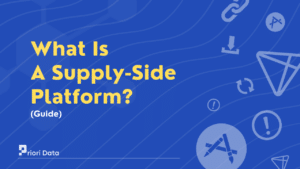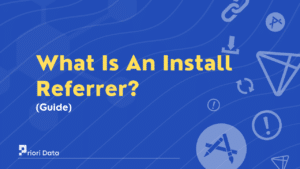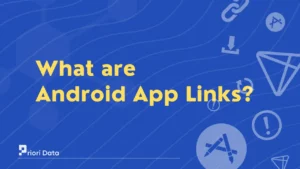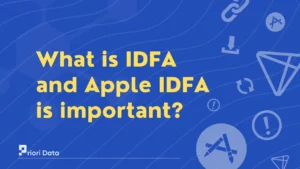Multi-touch attribution determines the effectiveness of different touchpoints to drive conversions. The different touchpoints include email, social media, search engines, in-app ads, and more.
The goal of multi-touch attribution is to give a view of how users interact with their apps and campaigns. It can identify which channels are contributing to app installs and user engagement.
In general, it is a way to connect the dots between the different touchpoints that lead to conversion. To understand how multi-touch attribution works, let’s take a look at an example.
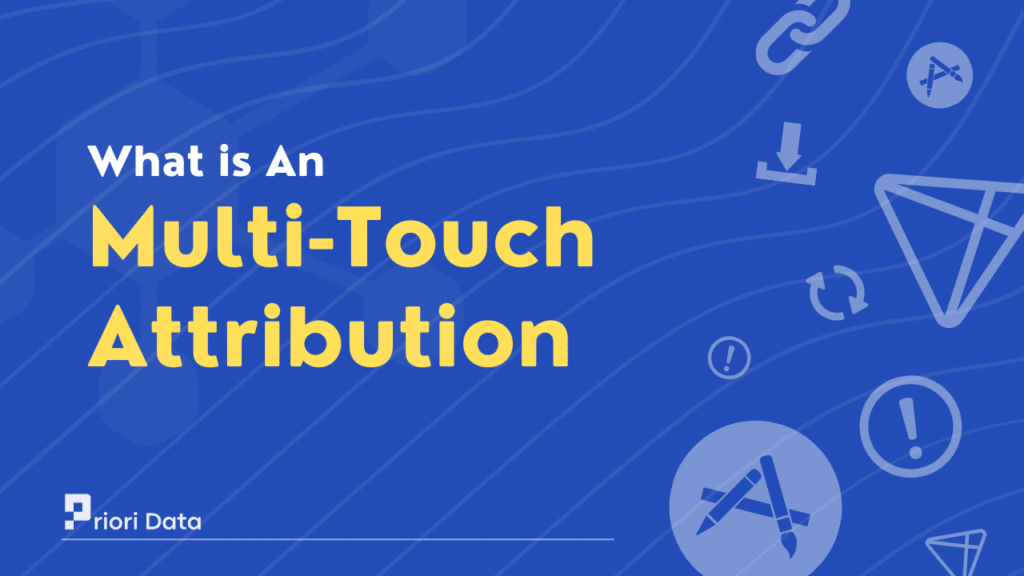
For instance, if a user downloads a mobile app after seeing a Facebook ad. Later, he purchased from that app after receiving an email newsletter. It shows the impact of both the Facebook ad and email newsletter. As it influences the user’s decision to download and buy an item from the app.
It is a method of measuring the impact of marketing campaigns on user behavior. It takes into account all the different touchpoints that a user has with a brand.
Marketers can analyze how each channel contributes to the user journey. That helps to divide their marketing budgets to optimize user acquisition and retention.
Why is multi-touch attribution important?
Many apps are competing for users’ attention, it’s challenging to drive organic installs. This means that marketers need to rely more on paid acquisition channels.
It could be like social media ads, search ads, and influencer marketing. Multi-touch attribution can identify the channels that are driving installs.
So they can optimize their budgets according to it for increasing user engagement.
What is the difference between single-touch and multi-touch attribution models?
Single-touch attribution models assign credit for a conversion to only one touchpoint. For Example, let’s say a user sees a Facebook ad, clicks on it, and buys from that app. In a single-touch attribution model, all the credit for the sale would go to the Facebook ad.
This model assumes that the first interaction is the cause of driving conversions. Even the other touchpoints played a crucial role in the user’s decision-making process. But in the single-touch attribution model, they won’t get credit for that.
Multi-touch attribution models give credit to many touchpoints in the user journey. For Example, let’s say a user sees a Facebook ad, clicks on it, and buys from that app. But the process involved was the user gets notified from Google ads to buy that item.
Later, the user may receive email ads which can influence the user’s decision to buy that item. In a multi-touch attribution model, the credit gets distributed across all touchpoints. That helped users to give an accurate picture of the impact of each touchpoint on conversion.
In general, the choice of attribution model depends on the goals of their campaigns. Also, the details required to make informed decisions about optimization and marketing spend.
What are the multi-touch attribution models?
1. Linear attribution model
This model assigns equal weight to each touchpoint in the conversion process. For example, if a user interacted with three different ads before installing an app.
Then, each ad would get 33% of the credit for the conversion. This approach is useful for understanding the impact of each channel on the user journey.
2. Time decay attribution model
This model gives more credit to touchpoints that are closer in time to the conversion. For example, if a user interacted with three different ads in the week leads to an app install.
Then, the ad that they clicked on most recently would get the most credit. It can identify the impact of time-sensitive campaigns, such as limited-time offers.
3. U-shaped attribution model
This model gives more credit to touchpoints that are at the first and last of the conversion process. For example, if a user saw five different ads before installing an app. The first and last ads they interacted with would get the most credit.
In general, it gives credit of 40% each to the first touchpoint and the last touchpoint. The remaining 20% credit provides equally to the rest of the touchpoints.
4. W-shaped attribution model
The model gives credit to three touchpoints: the first, middle, and last touchpoints. For example, if a user saw five different ads before installing an app.
The first, middle, and last ads they interacted with would get the most credit. It could be such as giving credit of 30% each to the first, middle, and last touchpoints. The remaining 10% credit provides equally to the rest of the touchpoints.
It’s worth noting that there is no one “correct” way to do multi-touch attribution. The right model will depend on the specific goals and needs of their target users.
FAQs
Ques 1: What challenge does attribution solve in the mobile app ecosystem?
Ans. Attribution solves the challenge of identifying which marketing campaigns are driving app installs.
Ques 2: What are the advantages of multi-touch interaction?
Ans. Multi-touch interaction allows for the control of digital devices using many fingers simultaneously.
Ques 3: What is the difference between MMM and multi-touch attribution?
Ans. MMM (Marketing Mix Modeling) measures the impact of different marketing channels on sales. While multi-touch attribution tracks and gives credit for conversions to specific touchpoints.
Ques 4: What is multi-touch vs data-driven attribution?
Ans. Multi-touch attribution is a model that assigns credit for conversions to many touchpoints. While data-driven attribution uses algorithms to analyze data to determine the effective touchpoints.
Ques 5: What is the main goal of a multi-touch attribution model?
Ans. The main goal is to assign credit to all the touchpoints that contribute to a conversion.



